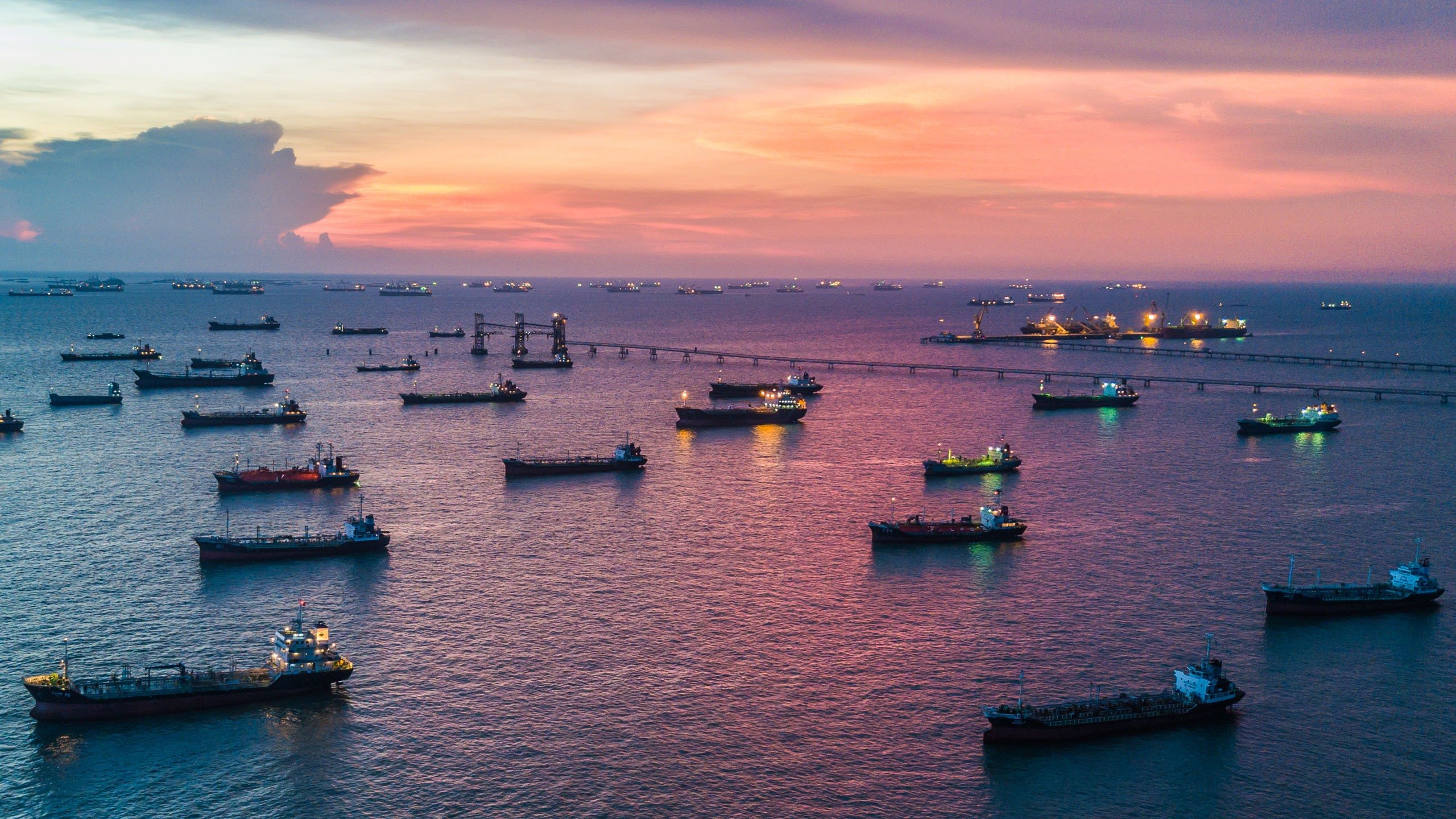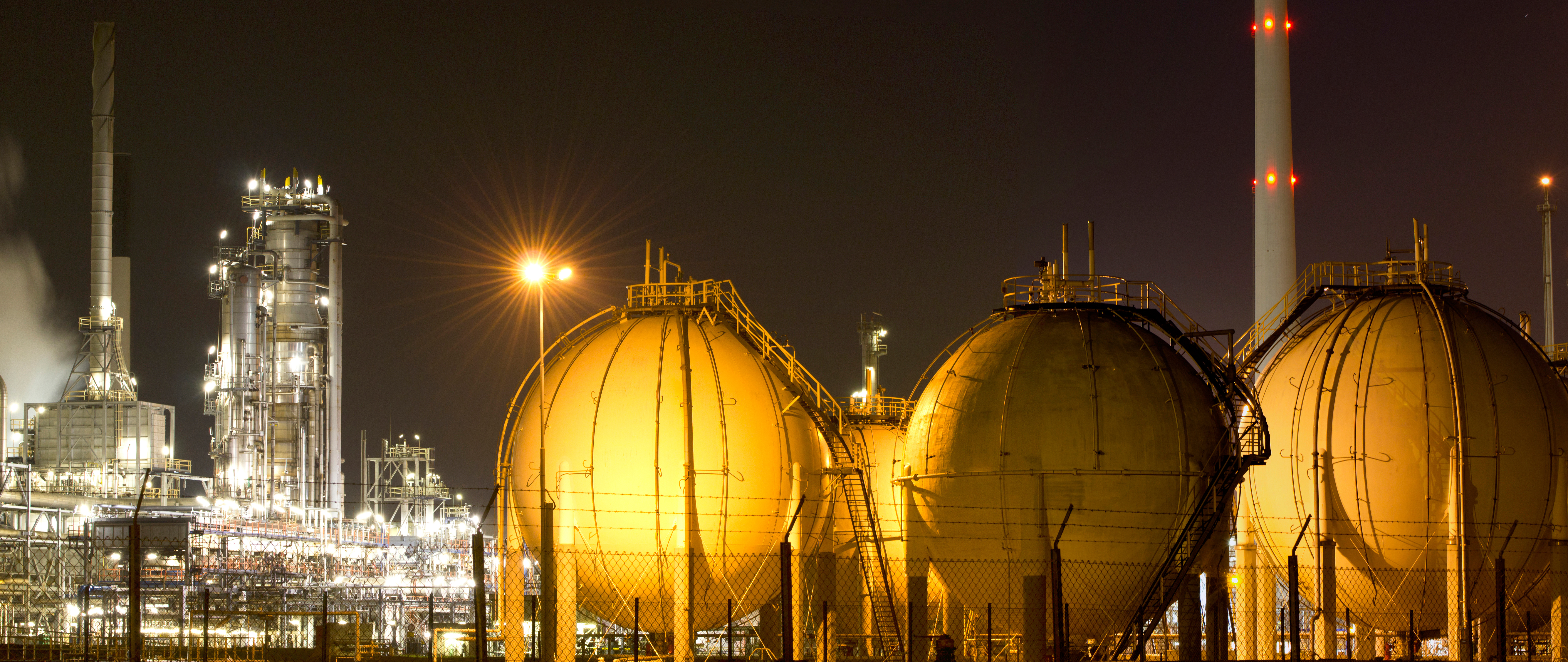
ISO releases the new updated marine fuel standard: ISO 8217-2024
The new version of ISO 8217, published on 30 May 2024, introduces several changes in fuel categorisation, testing methods and parameters. These updates reflect the industry's transition towards renewable marine fuels due to increasing environmental regulations. The inclusion of biofuel blends in this new edition, along with additional testing requirements, will support this transition. The ISO8217-2024 standard has significant updates compared to the 2017 edition.
Key Changes
Four Tables instead of Two:
Table 1: Specifications for distillate and bio-distillate fuels.
Table 2: Residual fuels with sulphur content not exceeding 0.5%.
Table 3: Blends of bio-residual fuels.
Table 4: Residual fuels with sulphur content exceeding 0.5%.
Specific Changes
Distillate & Bio-Distillate Fuels (Table 1):
- FAME content allowed up to 100% for DF grades.
- Removed distinctions between winter and summer quality for cloud point and cold filter plugging point.
- New tests for biofuel blends, including FAME content, net heat of combustion, cetane number, and oxidation stability.
Residual Fuels (Table 2) – Sulphur ≤ 0.5%:
- Revised fuel categories and grades.
- Added minimum viscosity limit which was not there earlier. This will add further protection for the end user.
- Stability test methods have been expanded.
Bio-Residual Fuels (Table 3):
- Testing parameters similar to Table 2 with added FAME content and heating value tests.
Residual Fuels (Table 4) – Sulphur > 0.5%:
- Similar revisions as low-sulphur residuals.
- Added minimum viscosity limit.
Clause 5 Update
Clause 5.1 - Marine fuels can now contain up to 100% FAME (Fatty Acid Methyl Ester), showing the industry's move towards sustainable fuel sources.
Clause 5.2 - The fuel shall be free from any materials, including added substances and chemical species, at a concentration that causes the fuel to be unacceptable for use by way of: …safety …performance of machinery …harmful to personnel.
Clause 5.3 – The fuel must be free from inorganic acids and organic chlorides. Organic chlorides must not exceed 50 ppm, as tested by EN 14077.
All tables state that the general requirements clauses 5 to 10 must be met: Incorporating this into the tables means that fuel must meet the whole of ISO 8217 and not just the respective tables depending on the fuel grade.
These updates reflect the evolving landscape of marine fuels and the industry's move towards more sustainable and environmentally friendly options. As fuel is sold and bought based on different versions of the ISO 8217 standard, the benefits of this new standard will only be available if the fuel supply is based on this new standard.
---
Additional Links





